In retrospect perhaps I tempted fate. This Jankuary road trip retraced the steps of a trip I made in the late 1980s to retrieve our Combi van that had broken down when my wife and I were driving back to Adelaide along the river Murray and I made a couple of photoessays along the way. In this recent trip we were heading up the Murray and I thought I would take a couple of Janky and nerdy digicams with me to relive the road trip photographic experience. This was a fine idea as far as it went and I threw myself into it with delight but then history repeated and our van broke down on this trip as well. I’m hoping one day to look back on this trip with fondness; and indeed my views are now softening, but as I type this riding a bus to Melbourne with no idea when the van will be fixed things are still a little fraught.
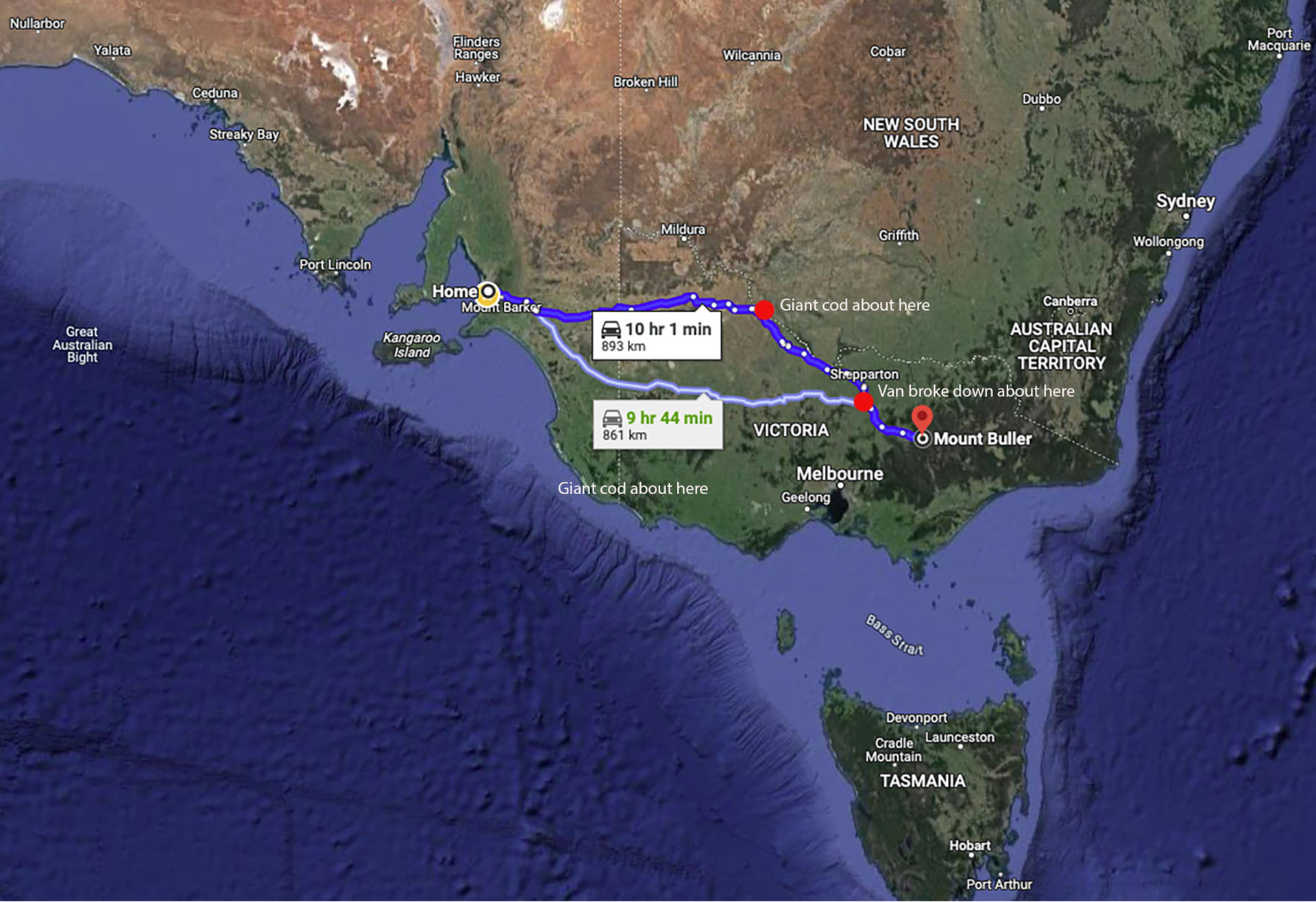
I can now also confess that I had fallen prey to the CCD vs CMOS sensor chatter, and wanted to form my own views. In particular I felt the need to seek the mythic Kodak CCD and drink of its nectar.
The Contenders:
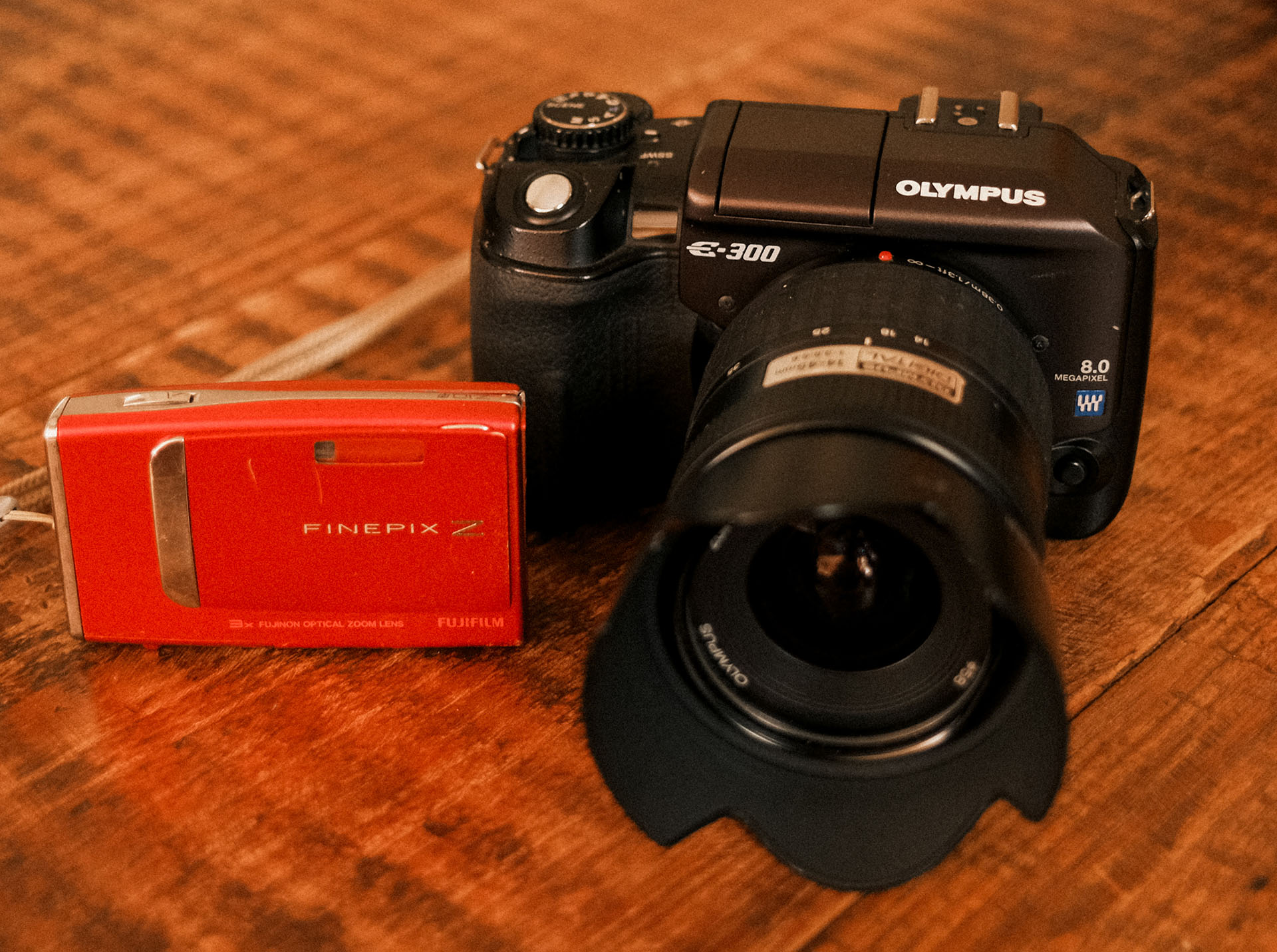
I was really enthusiastic for this trip. I had a tiny CCD digicam; the Fuji FinePix Z10fd (2007) – a mum cam; it legitimately came from my sister in law, an avid mum-photograper. I paired this with a dad-cam the form of the now-trendy Olymus E-Volt E300 with kit lens and the desirable Kodak CCD “film-like” sensor (2004).
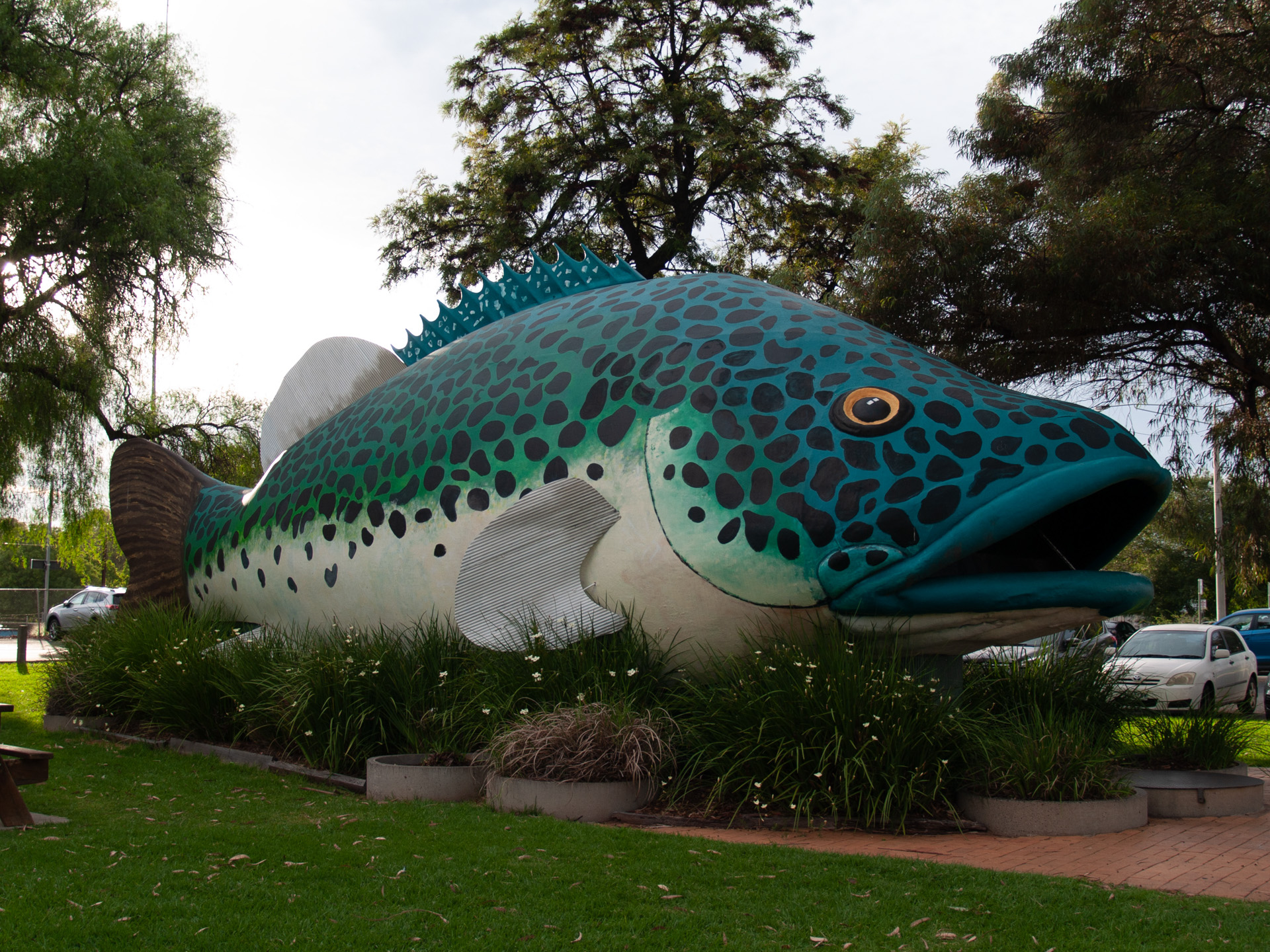
So what do we have here? There is so much I could write and I’m sure these thoughts will lead to other articles. For a start, what does “film-like” even mean? I’m still thinking about that. And secondly what the hell is the point of shooting an old digicam when you have an iPhone in your pocket? There are points to this and I think they’re quite important but I’ll be brief about that. Thirdly, is there actually a point to any of this? I was getting pretty jaded about the whole clickbait jungle on YouTube; the “Most film like camera – the results will shock you!” and felt if I read that again I’ll puke, but I do actually believe there is something good about these cameras and there’s something good about using them and there’s something great about taking a cheapo thing that was going to be landfill (or e-waste at best) and having a bunch of fun with it making some images.
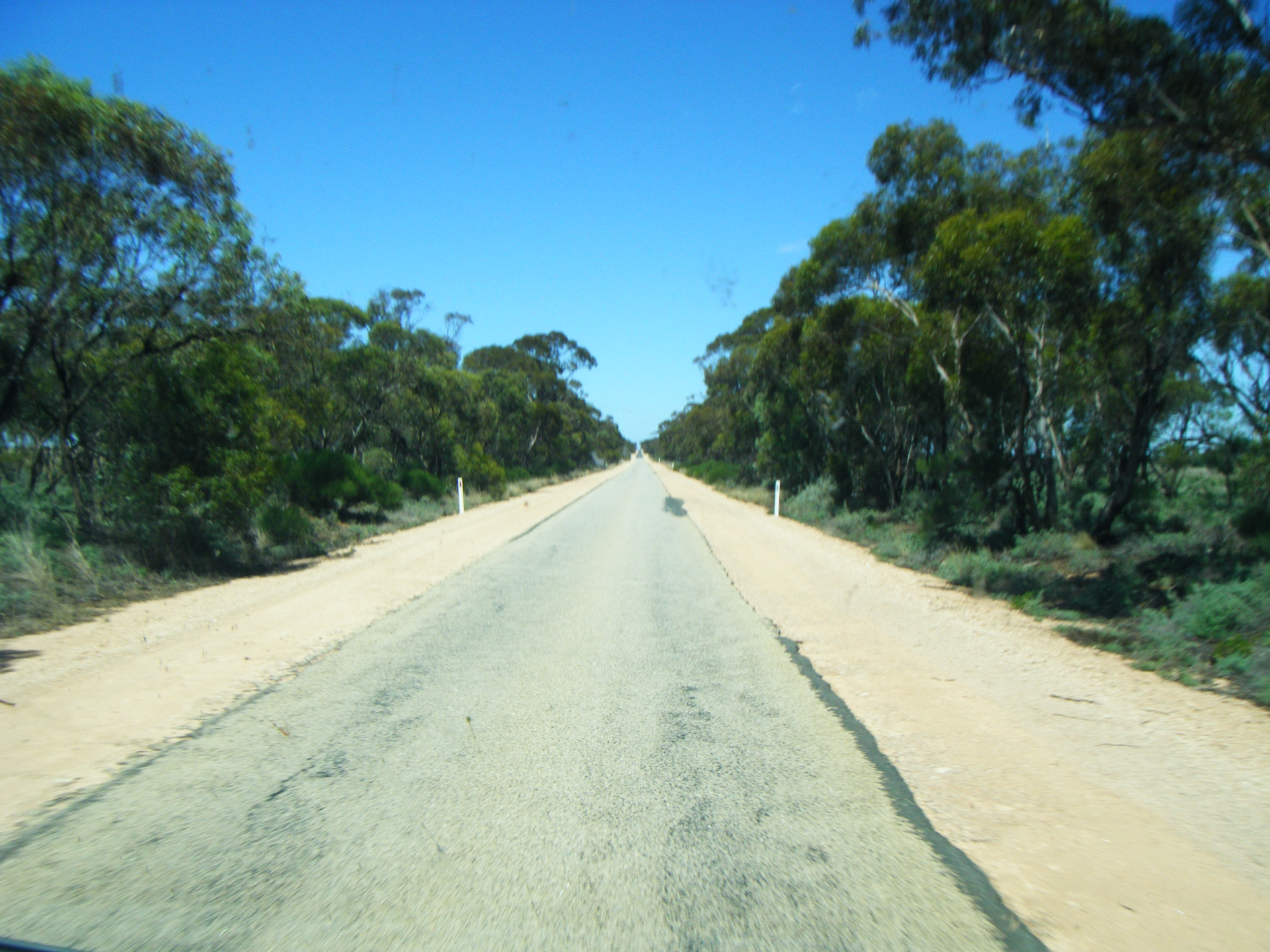
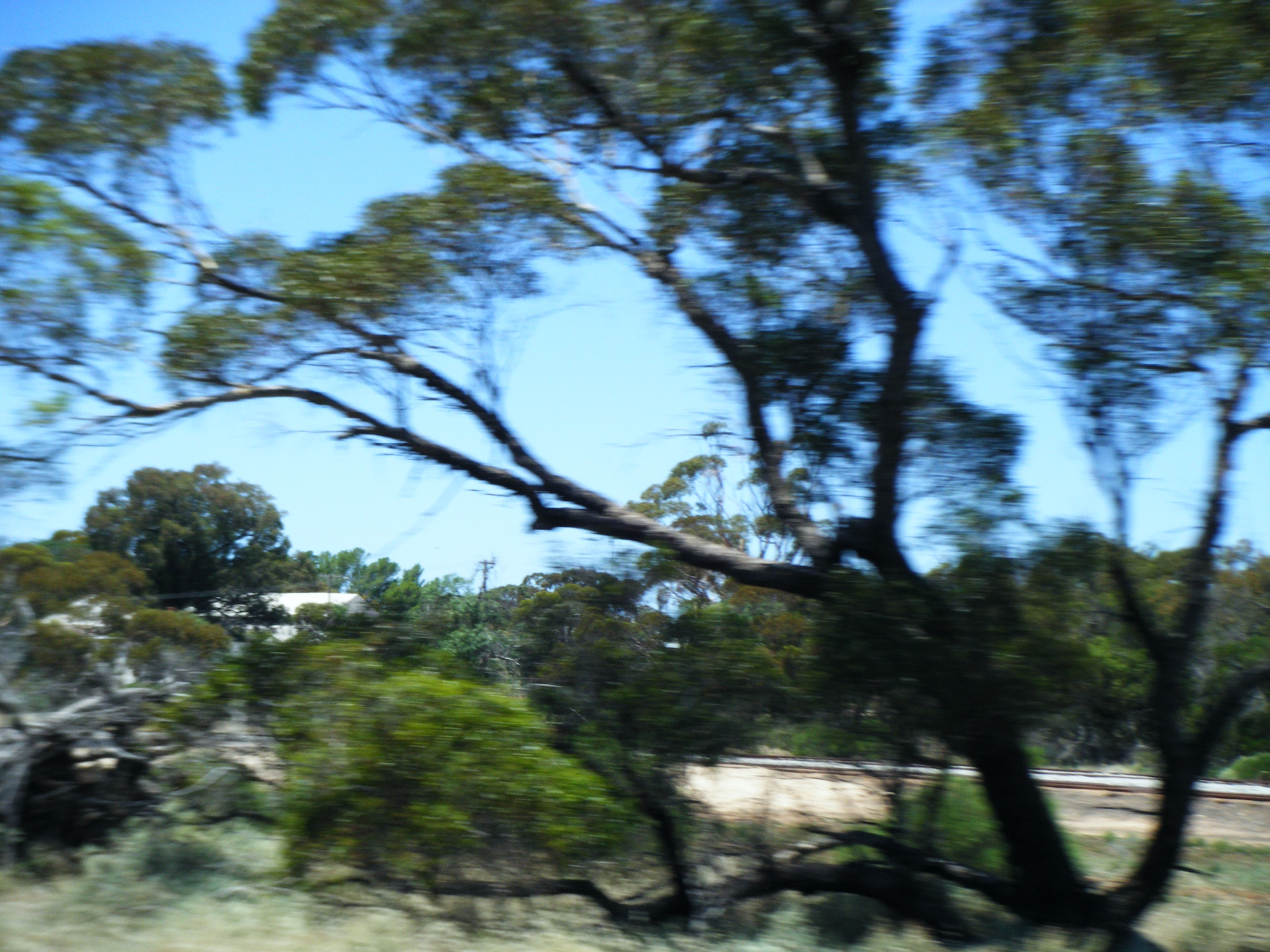
And anyhow – if people are frothing over a 35mm P&S why should they not do the same over a digicam? What’s the difference if we’re all having fun: isn’t that enough? Isn’t the whole idea about a point and shoot that you don’t need to know the techie stuff? You point it and you shoot it and enjoy it and you can tell analogue grandpas like me to piss off.
The Digicam Experience:
OK – If I’m going to pick the three main differences between shooting a digicam and shooting a phone I would say:
1: Ergonomics and cost. You can shoot this damn thing in one hand held out of your van window when you’re driving along a country road. If you’re going to do that with a $1000 iPhone good luck you’re braver than I am.
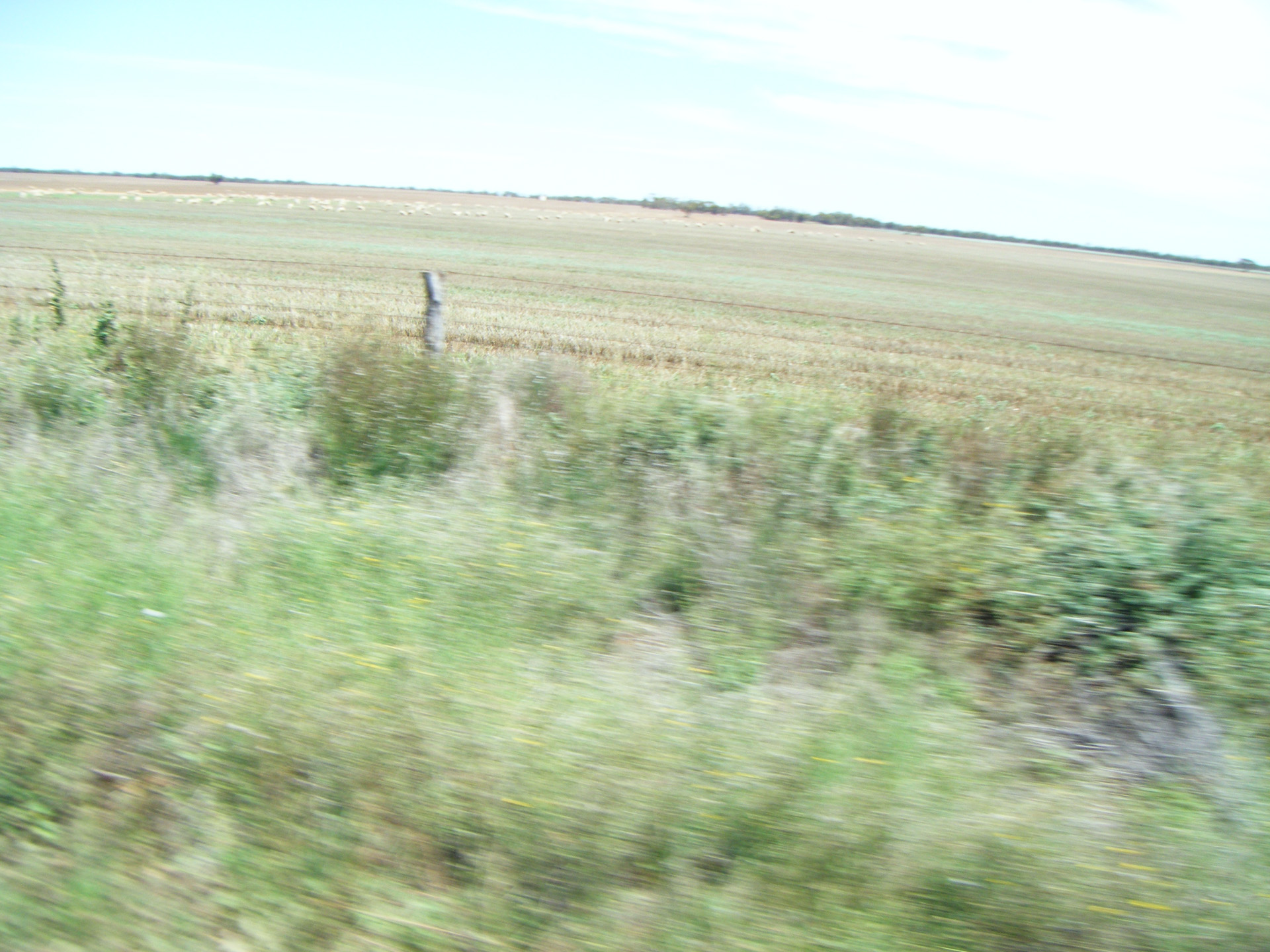
2: These things have flash – as in a real honest-to-goodness flash, not an LED that your phone has an which needs longer exposures to work. This is a nostalgic look for sure; going back to the days of the Magicube on the top of your 126 Instamatic. As far as I’m aware you can’t yet fake this look – I’m not saying it won’t happen but at the moment you can’t.
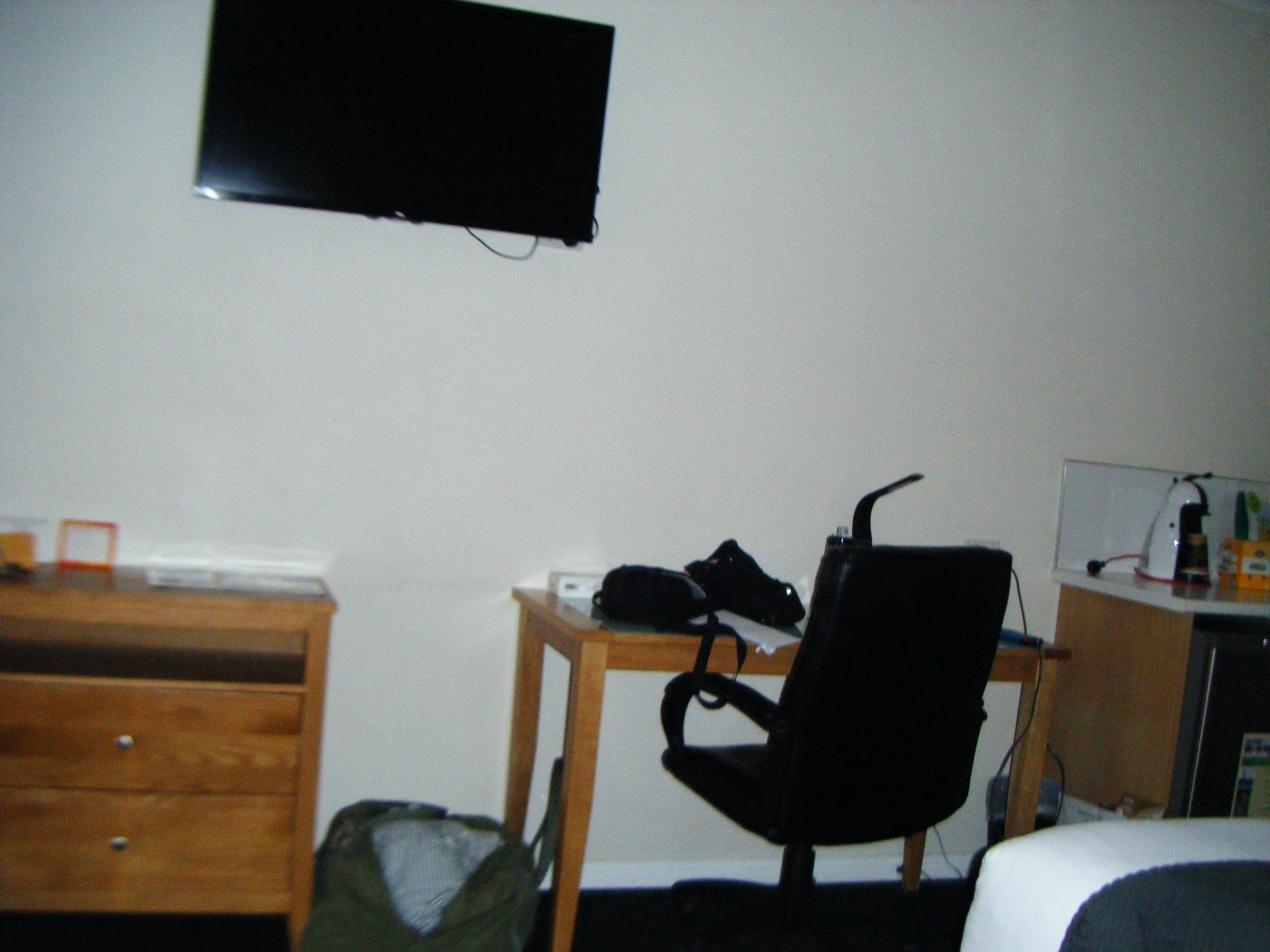
3: The third point leads directly on from the second and involves the amazing computational power in smartphones which I think is bigger than any developments in sensors or lenses. I was reminded of this when shooting the digicam alongside a modern iPhone that pulled up the light levels of the subject, making a decent shot out something that on film or a straight digicam would leave the subject totally underexposed with respect to background. Our phones just don’t give us those dud shots with hopelessly under or over exposed subjects that we got in the old days.
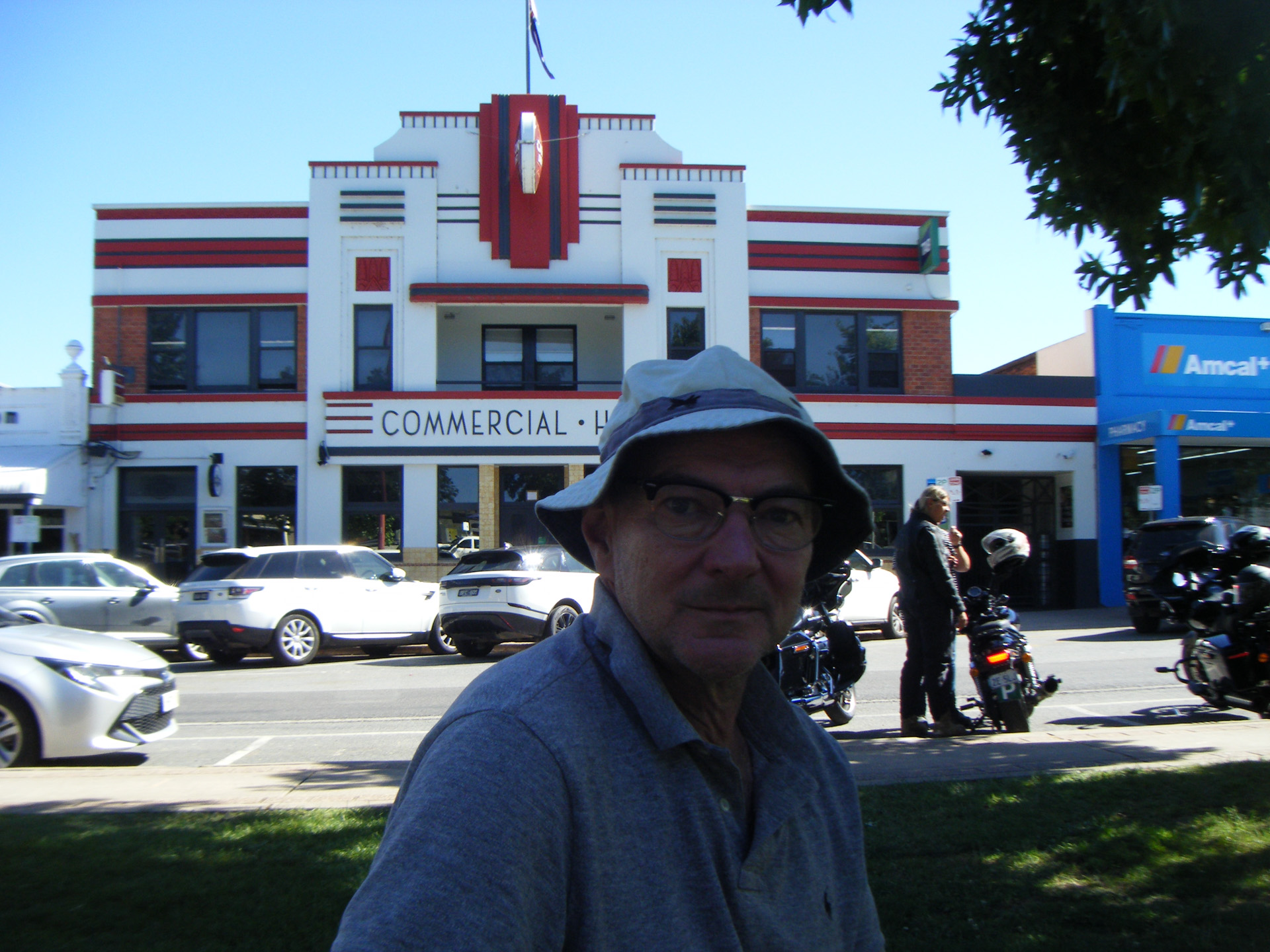
So in a way the digicam experience all gets rough and it gets nice and in addition it’s something cool, and to wrap it up you’ve got this lovely little dedicated shiny camera that’s maybe one third the size of a big new iPhone and it cost you about the same as a cocktail. And if you’re on a night out on the tiles and you pull out the digicam you are doing something different: you’re getting a different image of the event and you’re making it in a different way and the relationship you have with the people you’re taking the picture of is different because of the tool you’re using, I reckon that’s pretty much how it goes and it’s a great thing. Case in point – I was out having a sandwich with my daughter in Melbourne and a cool kid pulled out their digicam and their friends all lined up for a photo while they were waiting for their sandwiches. Nice.
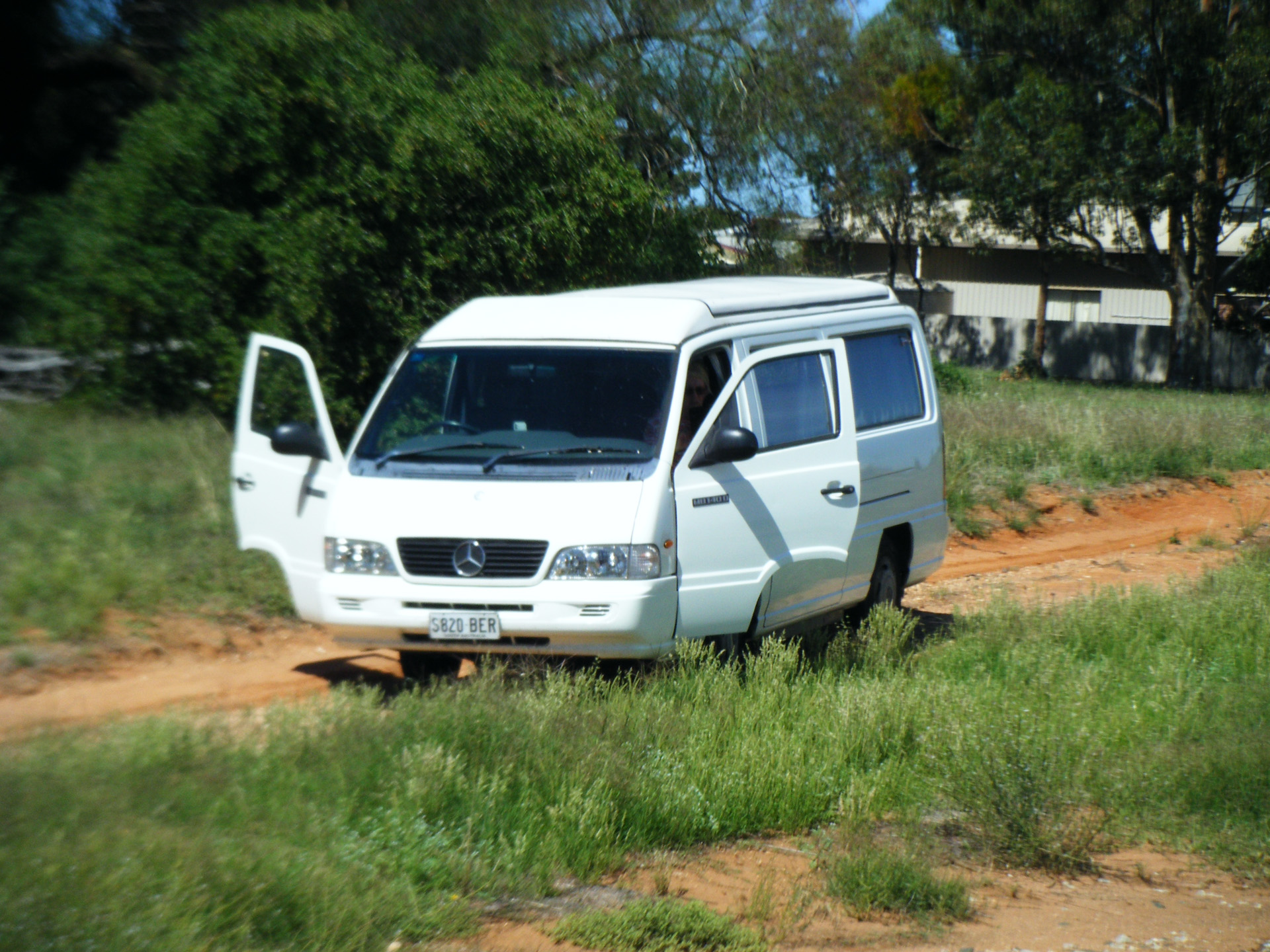
The Mum-Cam:
I’m calling this tiny digicam the mum-cam as a sign of respect to people who have more important tasks at hand than caring about a camera; who value function, ease of use, reliability and portability as part of a lifestyle that is already difficult enough to navigate without adding complexity.
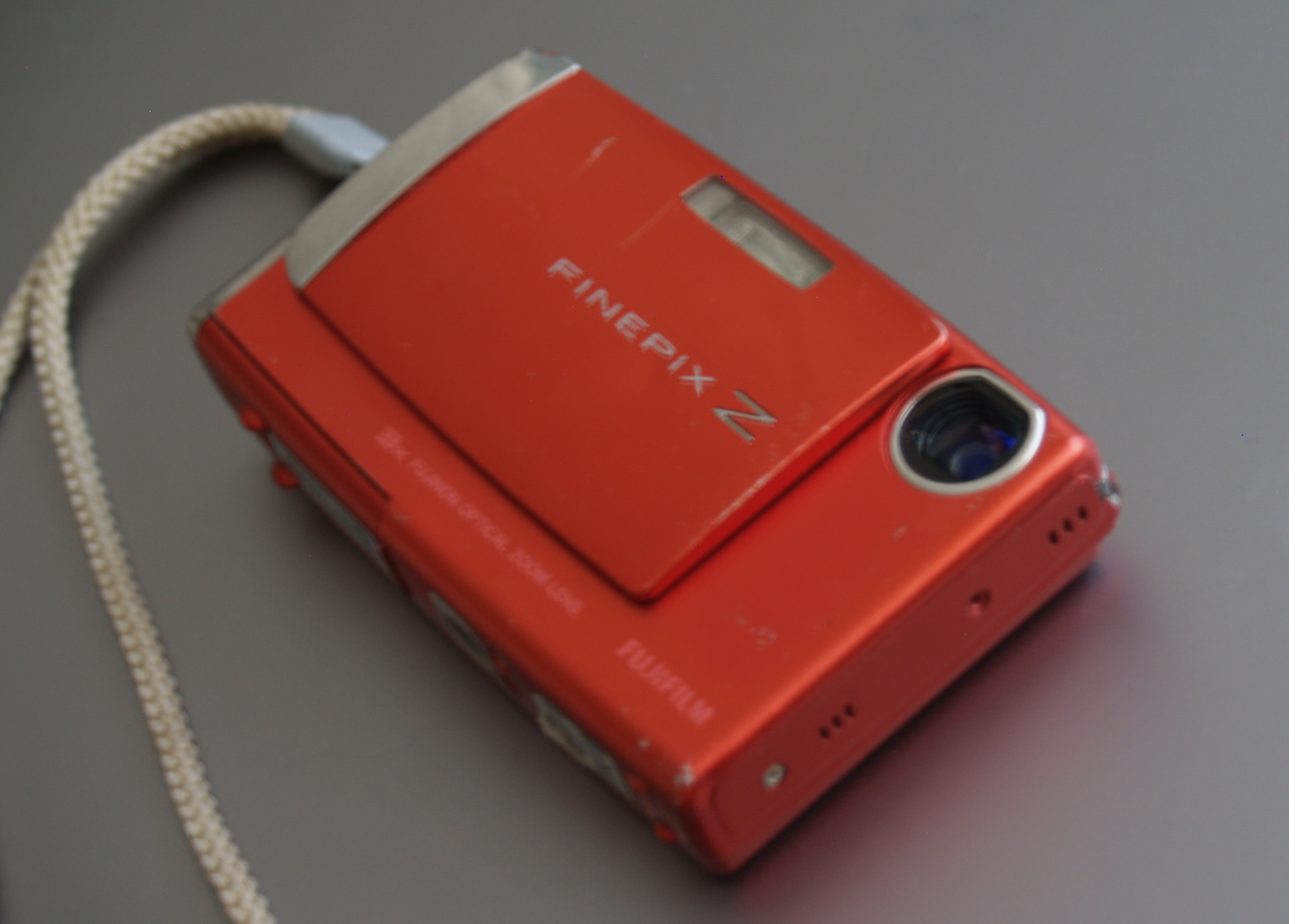
But it’s also a daughter-cam. My younger daughter tells me with certainty that this red camera was given to her for her birthday when she was in primary school and that she and all her friends had one similar to it; that the tiny sliding-cover Fuji was the camera that everyone took to sleepovers where endless group selfies were taken as a lively group of pre-adolescents bonded and formed notions of self-identity.
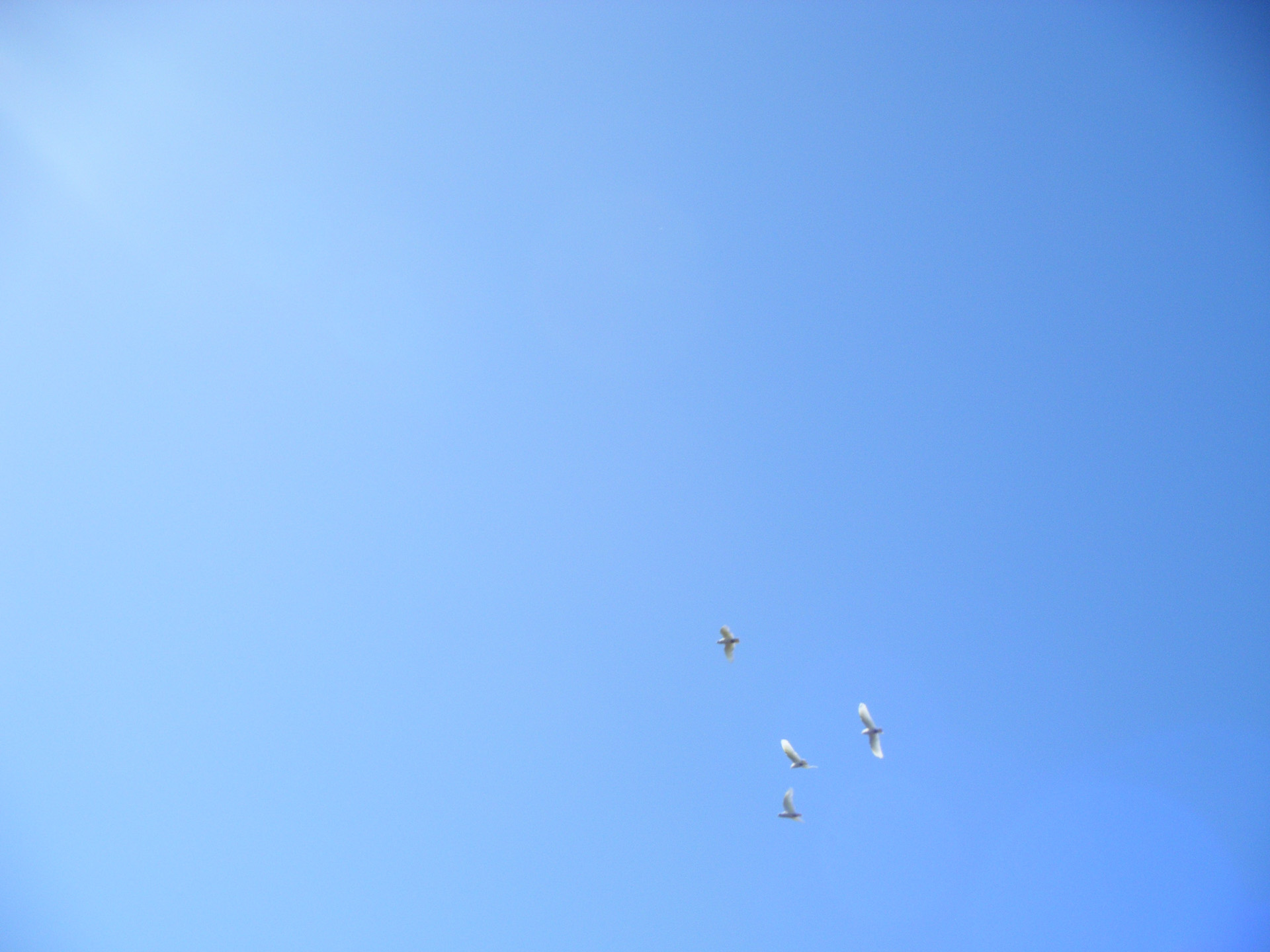
The Dad-Cam:
Without dissing on the dads (I am one) I’m calling the Olympus E-300 the dad-cam. By that I mean it’s bought by someone who is not a photographer but bought it partly on the basis of specs read in a magazine and partly because of its slight technical overkill. (what’s a porro finder anyway?) The dad has bought the megapixels, the kit zoom and wants raw but does not know how to edit it. (we’re back in the mid-2000s remember)
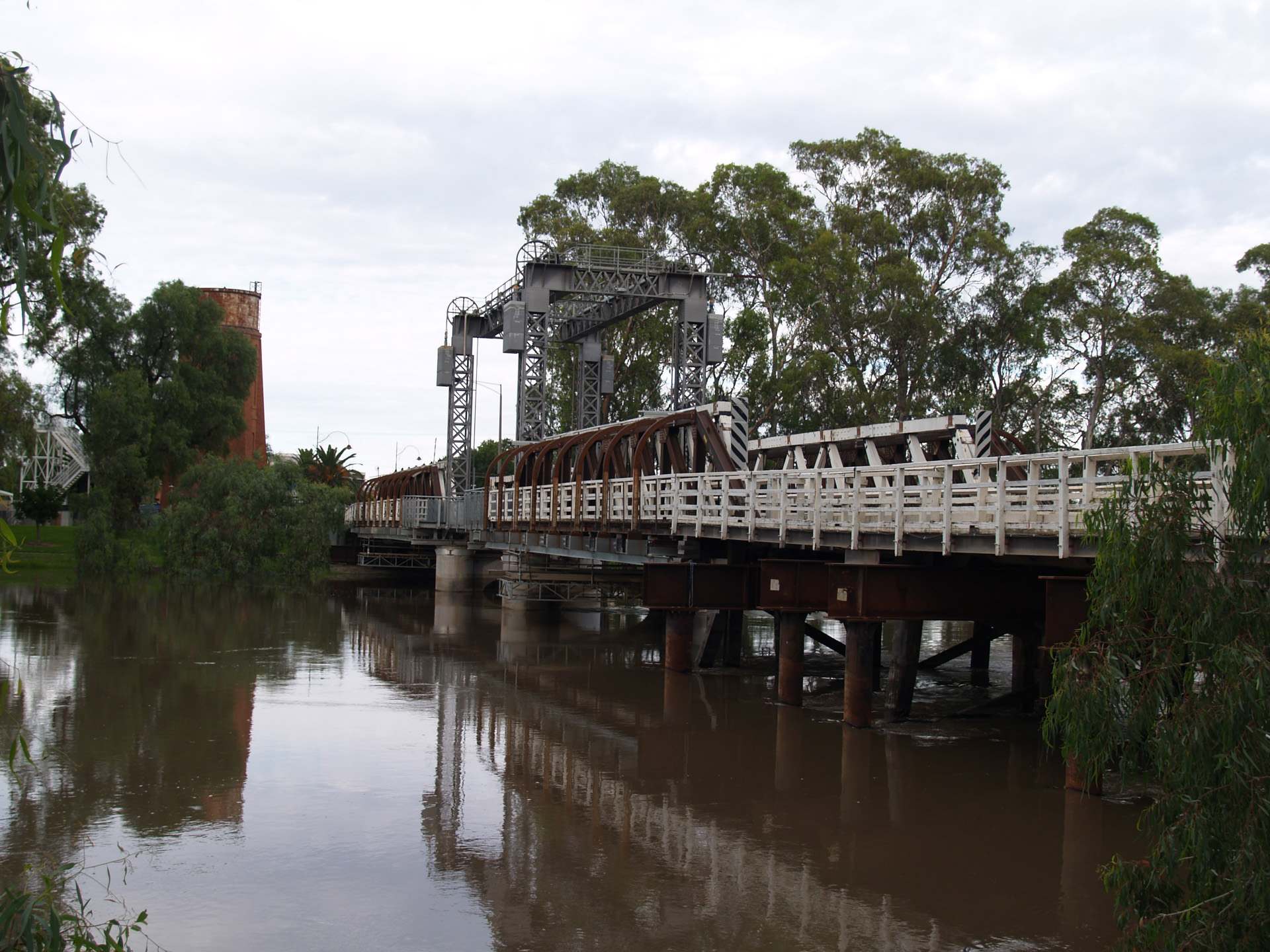
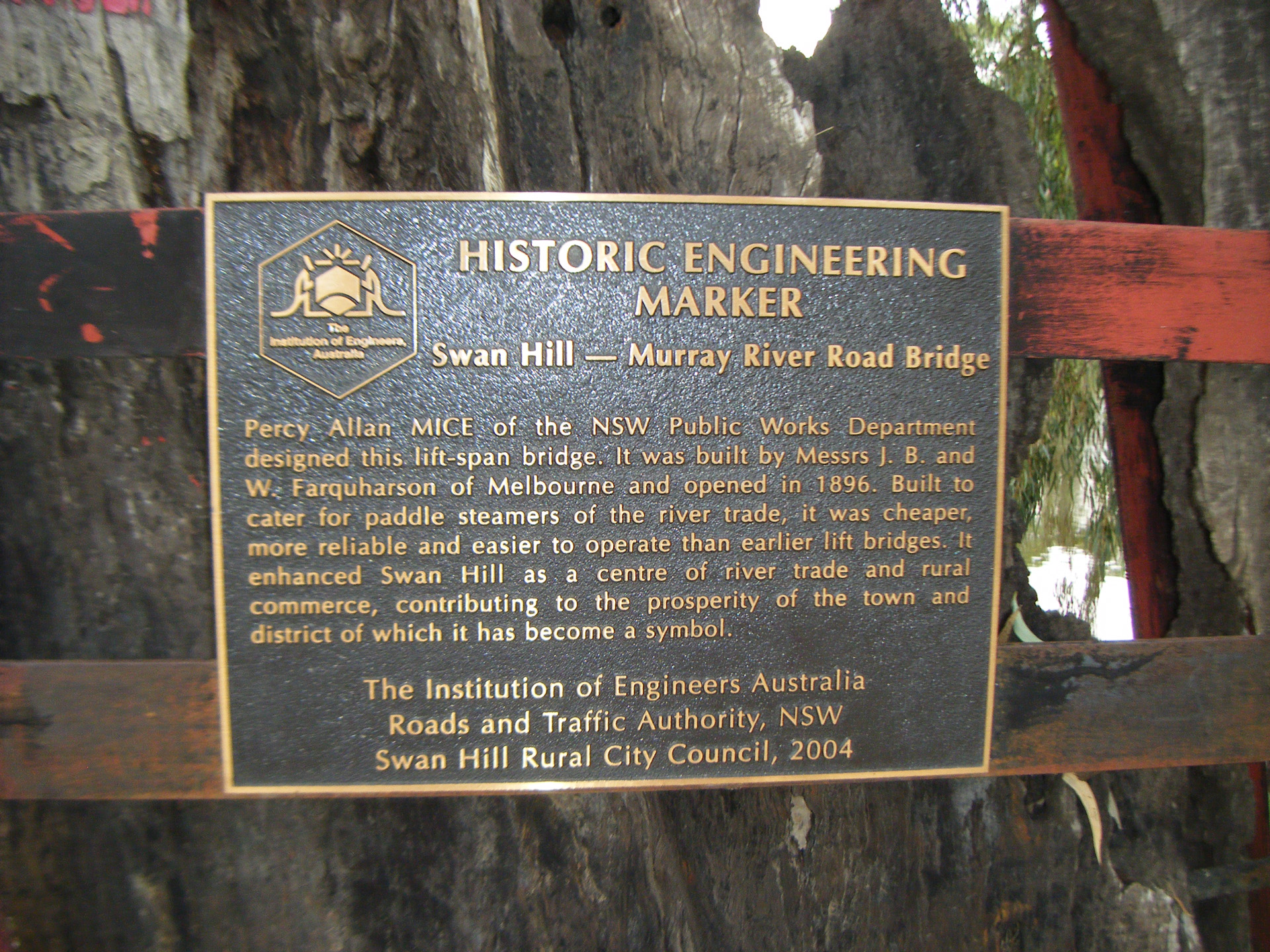
When the Oly was young I was using a Nikon D70 which is a more capable camera for the commercial stuff I did at the time, but the Olympus is a hoot. I really like its build and feel – more solid than the D70 from memory, nice ergonomics apart from the on-off switch, crisp display and viewfinder, and nice metal surfaces. The menu is so simple compared to a modern camera. What I loved most though was the idea of adopting the dad-photographer persona of making technically decent photos of really dud subjects with the aim of boring the crap out of the folks back home. I revelled in the idea of putting together a video slide presentation of the grain silos, bridges and tourist landmarks of our road trip.
The Images and the Sensors:
Technical notes. Everything here is SOOC jpeg on standard settings. With the Oly I set exposure to -1/2 a stop because I read to do that on the internet and I think it’s about right. I also think it’s justifiable as the sort of thing a dad would do. The Fuji is jpeg only with three “film” profiles, Standard, Chrome and B&W. (No exposure comp by the way.) I think it’s not in the nature of how these cameras would have been used to stray too far from that anyway so I’ll just stick with standard, uncropped, unprocessed SOOC.
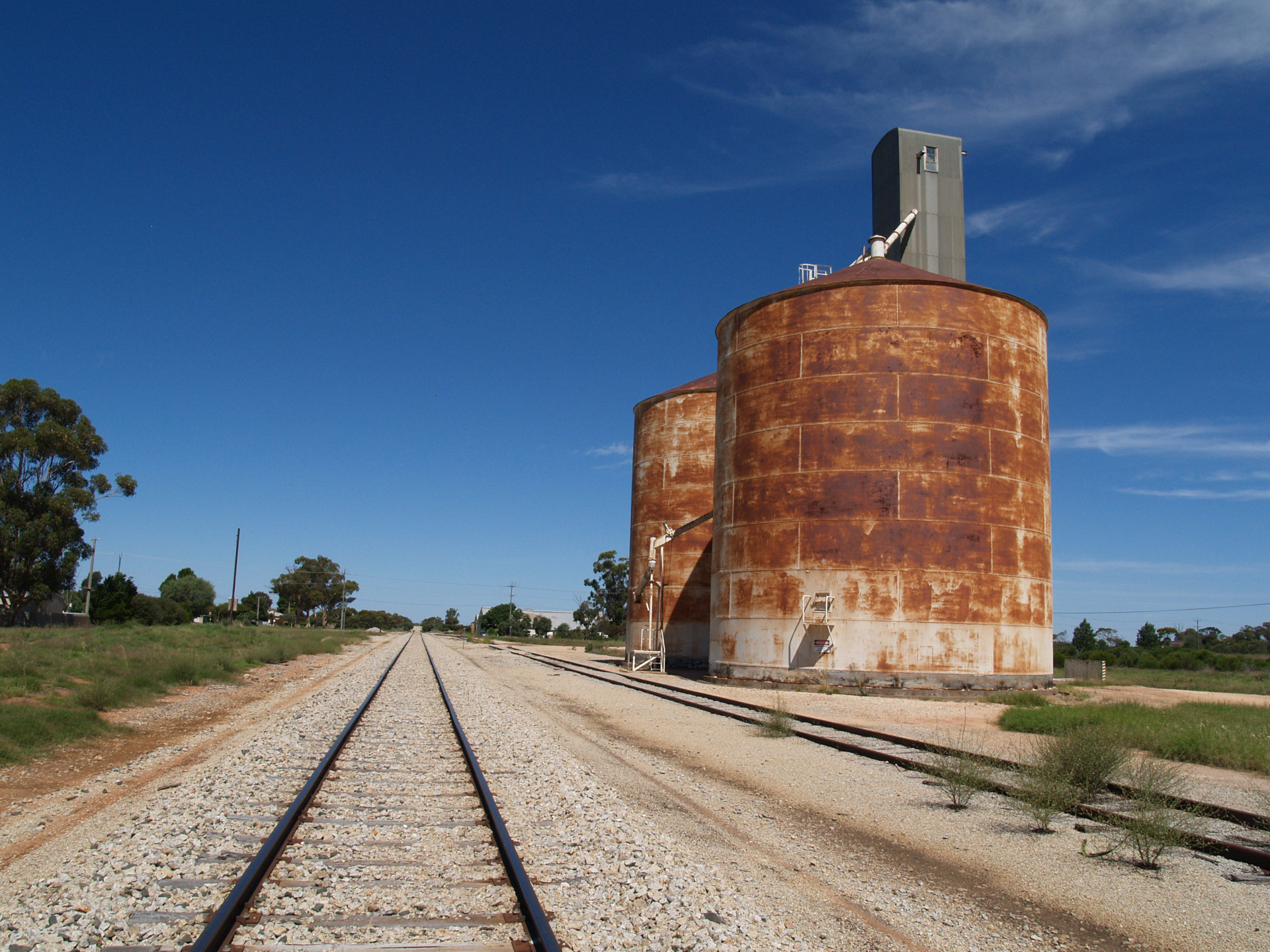
The main reason I wanted to do this was the Oly and the Holy Grail of sensor tech and colour science – the Kodak CCD.
I admit I’ve been sensor-curious lately and wanted to satisfy myself on the CCD vs CMOS debate. Do CCDs have a special quality that makes them magic and film-like? Short answer is: No, nope, nada, nyet. But I needed to see that for myself and I also need to fess-up that I had a good hard poke around and really was hoping I’d find something special and I didn’t find it.
Now – I have to say there are some really good youtubers out there whose views I respect and who’ve looked with a keen eye at way more sensors than I ever have (looking at you Ali and James) and they say sensible and well considered things about these sensors, and there is also unfortunately an ill-informed cacophony of click-bait-crap “most film-like sensor-ever!” that really makes it hard to navigate the waters. A couple of years ago when I was making my own efforts to digitise my old Kodachrome shots I found a guy saying: “Leica M8 – like shooting a continuous roll of Kodachrome.” And he’d never shot a frame of Kodachrome in his life which I would say makes the comparison difficult. To be fair, I contacted him and we had a friendly discussion in which he explained his position, but still, I mean – really? Imagine if I wrote “I’ve shot a lot of Kodachrome and I have to say it’s very similar to shooting an M8. Oh, by the way; I’ve never shot an M8.” Anyway, analogue-grandpa rant over.
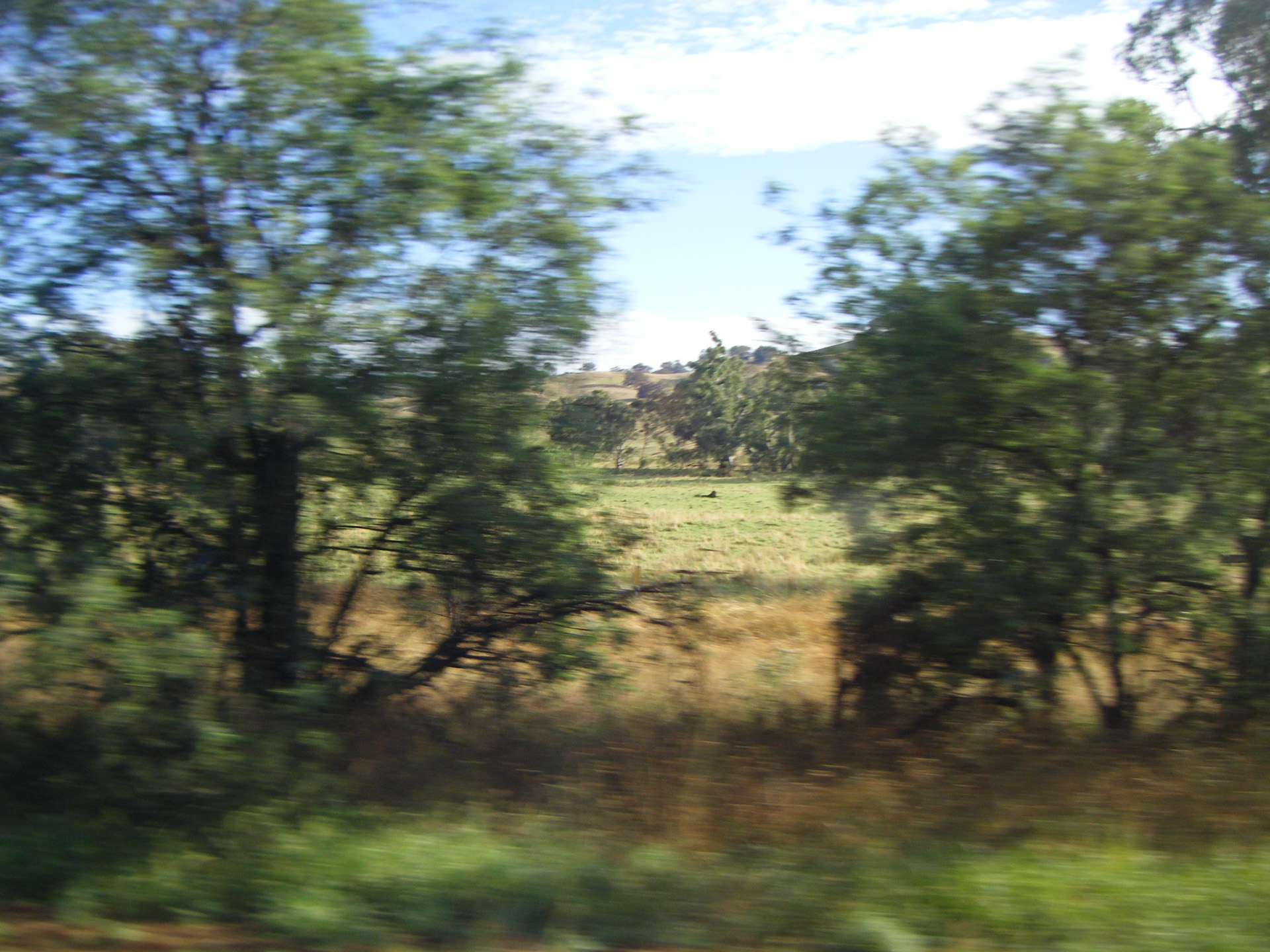
The E-300 Experience:
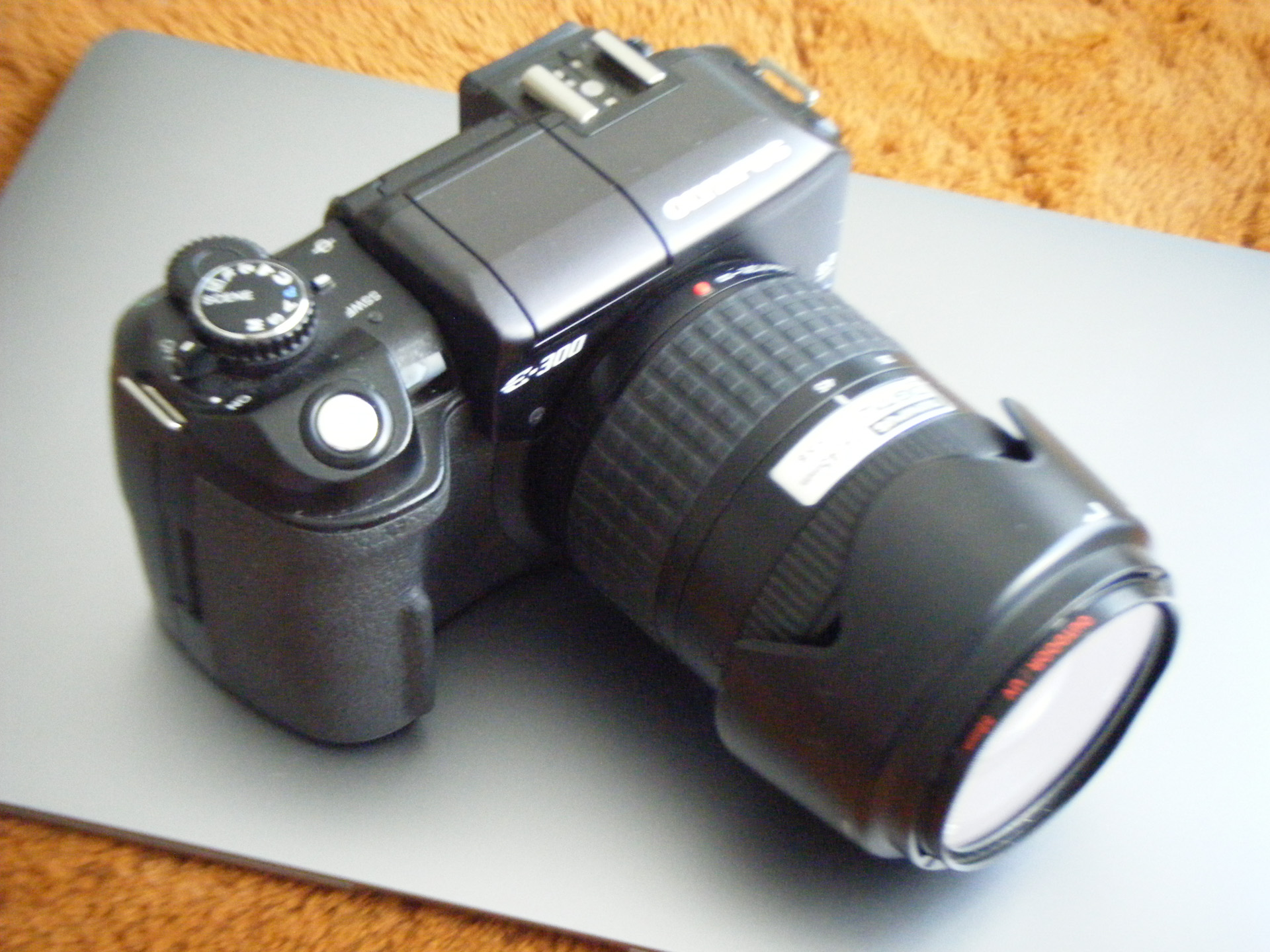
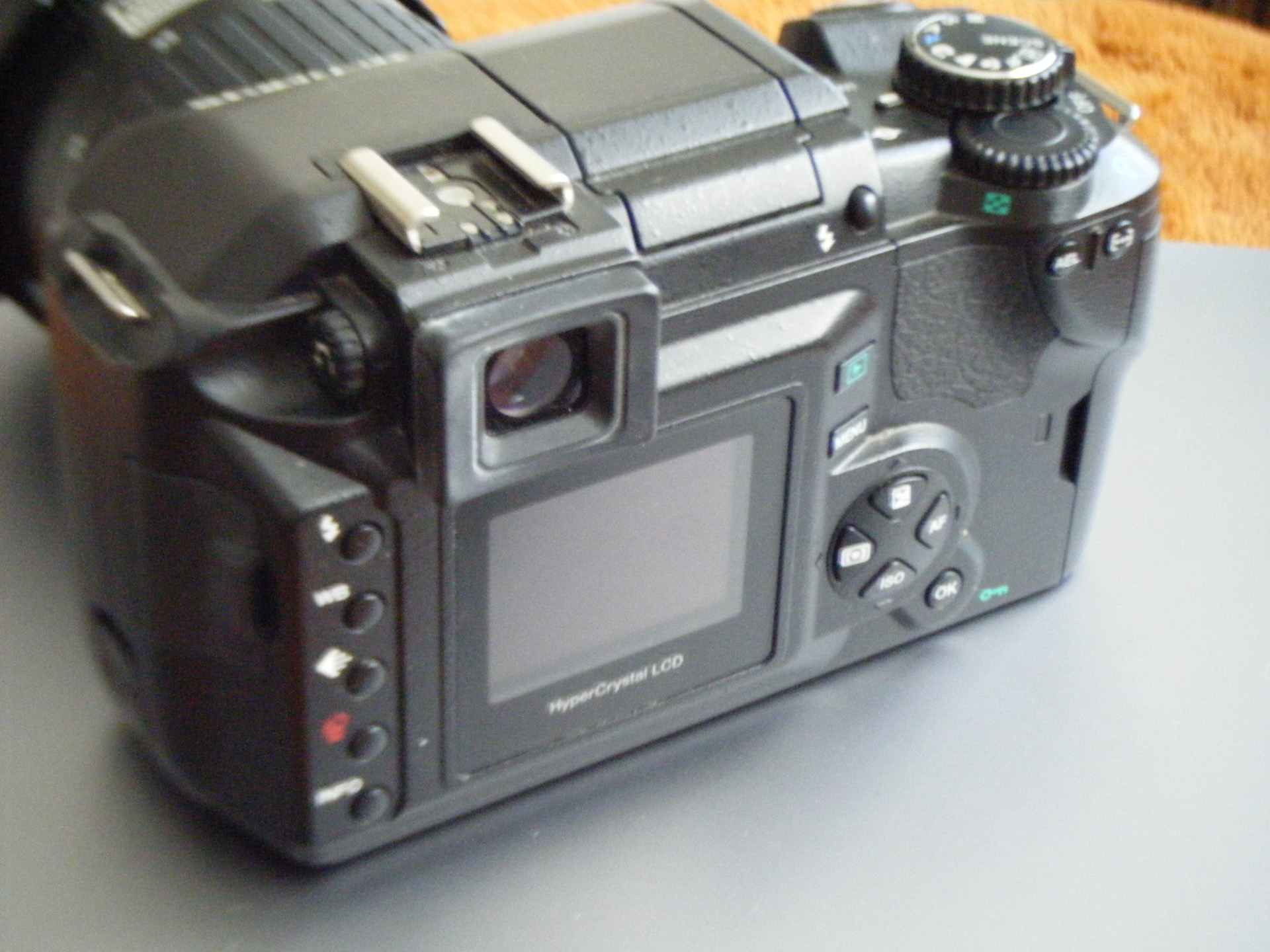
I’ll be shooting a wedding next month and will use my Nikon D700 and Df. I would not use the E-300. That kind of sums it up… all three of these cameras are older DSLRs but the Nikons I don’t regard as “good for their age,” they are simply “good.” The build quality of all three is about the same; the Olympus is certainly up there. The Oly is slower in operation, much less sophisticated in AF etc, but it’s also older than the others. It’s slower than the D70 was too. Mine was great value – a minty kit with battery grip, kit zoom, a couple of batteries and CF card, all for about EUR 150. Is it worth chasing the magic Kodak CCD sensor? Not in my book; it’s a nice camera but I’m not drinking the Kool Aid. But hey, this is said from a personal perspective, and I would also say that my favourite three sensors are the Nikon D700/D3 Df/D4 and Fuji X-Trans II, which are generally pretty highly regarded. I never really set out to hunt those sensors down, they just came my way and I lucked out from the start, and if there are sensors better than these they would have to be a fair bit better to impress me. The Oly is a nice camera, and the sensor is a nice sensor; a really nice sensor, but it’s not magic. Like I said, I was shooting SOOC jpegs in the Oly, and when I had a play with the raws I was indeed able to get something nicer, and that’s what I’d do; play with those and work out how to get the best according to my own taste. But I’ve already done that with the Nikons so why bother?
But look – in shooting the E-300 or the Fuji I’d say the experience is something that is fun, it’s (much) slower and simpler than a modern camera. It’s is done for a certain aesthetic rather than any measurable absolutes of image quality; and I’ll have to admit that in some ways this aligns itself with the experience of (draws breath)… shooting film.
To turn back the clock and see contemporary reviews of the Oly and Fuji you can read here for the Fuji and here for the Oly
Thanks for reading.
Epilogue:
Well. The van was fixed and we’re home. It was a clutch slave cylinder, but even when this was floated as a possible cause there were all sorts of uncertainties about supply and the scheduling of repairs in a country town where the garages were all fully booked up and people were still on summer holidays. (Very first-world problem I know.)
And that killed my enthusiasm for a while, and once we were mobile again we just scooted home and I didn’t make any more images.
But I’ve been thinking about the experience and here are final thoughts. I do like these digicams and I think they are a nice alternative to film point and shoots for many reasons; nostalgia, cost and environmental concerns among them. They are fun, they are different from modern cameras and iPhones. They are a bit like film in that you play with the settings to get an OOC jpeg you like and leave it at that. They are great for that “deer in the headlight” direct party shot that is so Nan Goldin. I was getting jaded with the YouTubes making clickbait titles with wild claims, but hey, that’s the internet. I’m on-board with digicams – two thumbs up.
As for the older DSLRs – not so much at this time. These are cameras I want to use to make good, serious work, and the old ones are not as good as my current work (by this I mean more serious work and adjunct to film) cameras, the Df, X-Pro3 etc. To me it’s not worth the effort playing with the older DSLRs and not getting results as good as my chosen and familiar stuff. But that’s just me.
I’ve already picked up a few cheapies. In particular a lovely Panasonic Lumix that I’ve given to my daughter as a film camera alternative, and a tiny waterproof Olympus that I I’m looking forward to tweaking as a P&S for me. The little Fuji in this story is nice but a bit limited, and every time you take the batter out it resets the clock to 1997 which is a bit of a pain. Of course I still have my lovely Leica DLux3 (aka Panasonic) but it’s a bit too on the fussy side and not really different enough to bother with of now.
OK – all done. Thanks again.
Share this post:
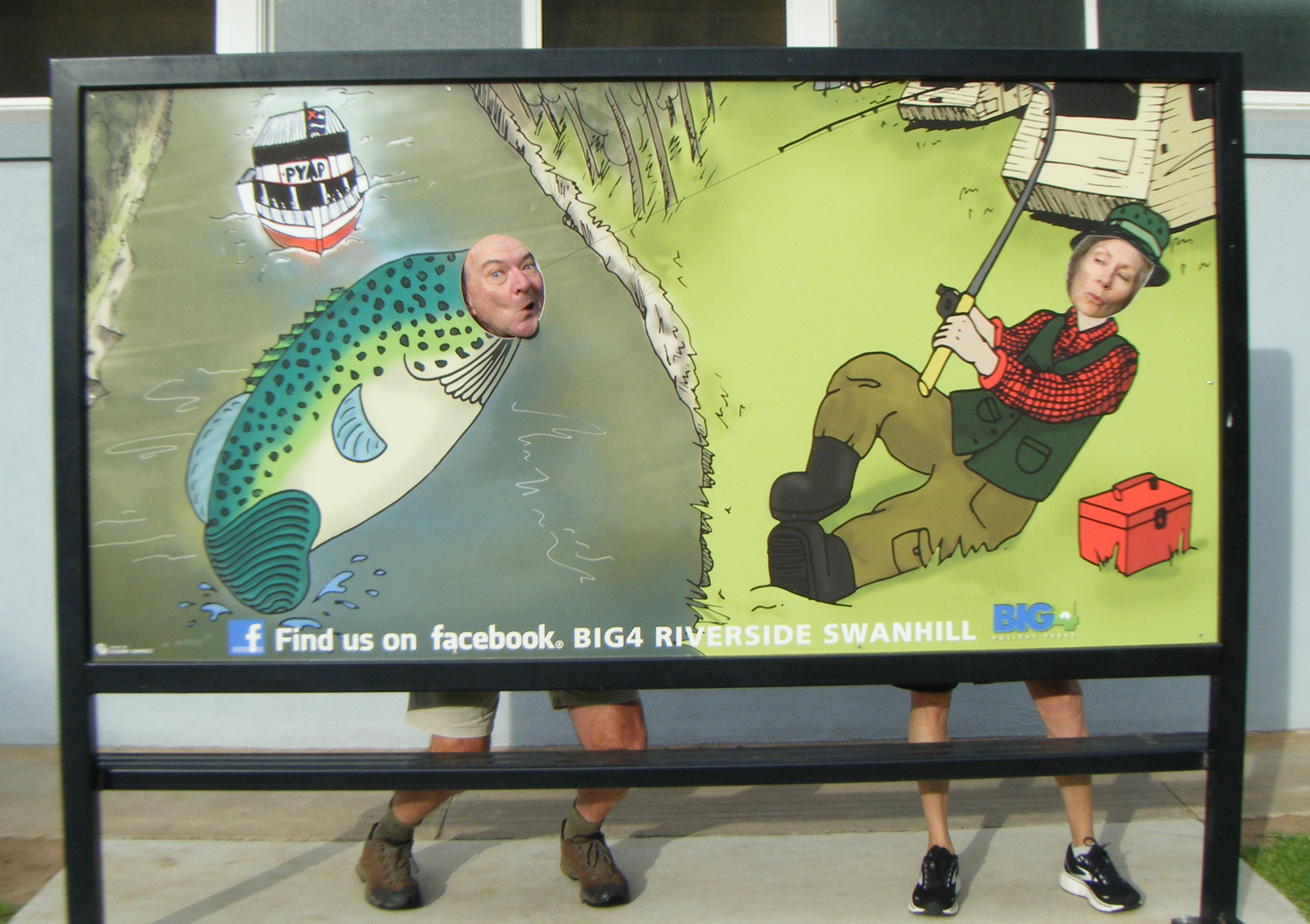
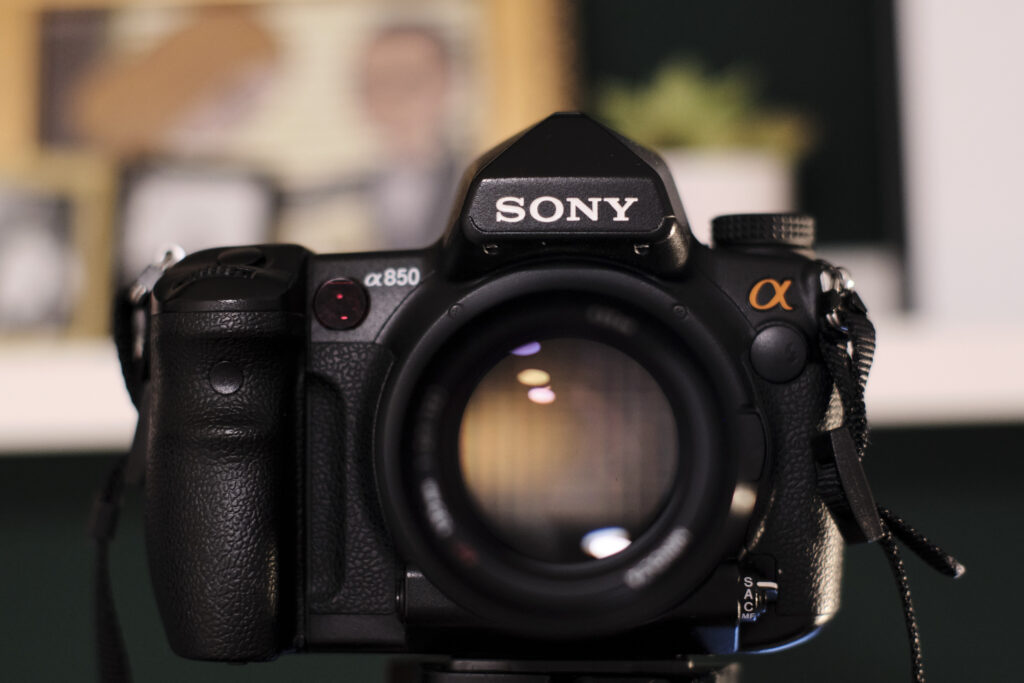
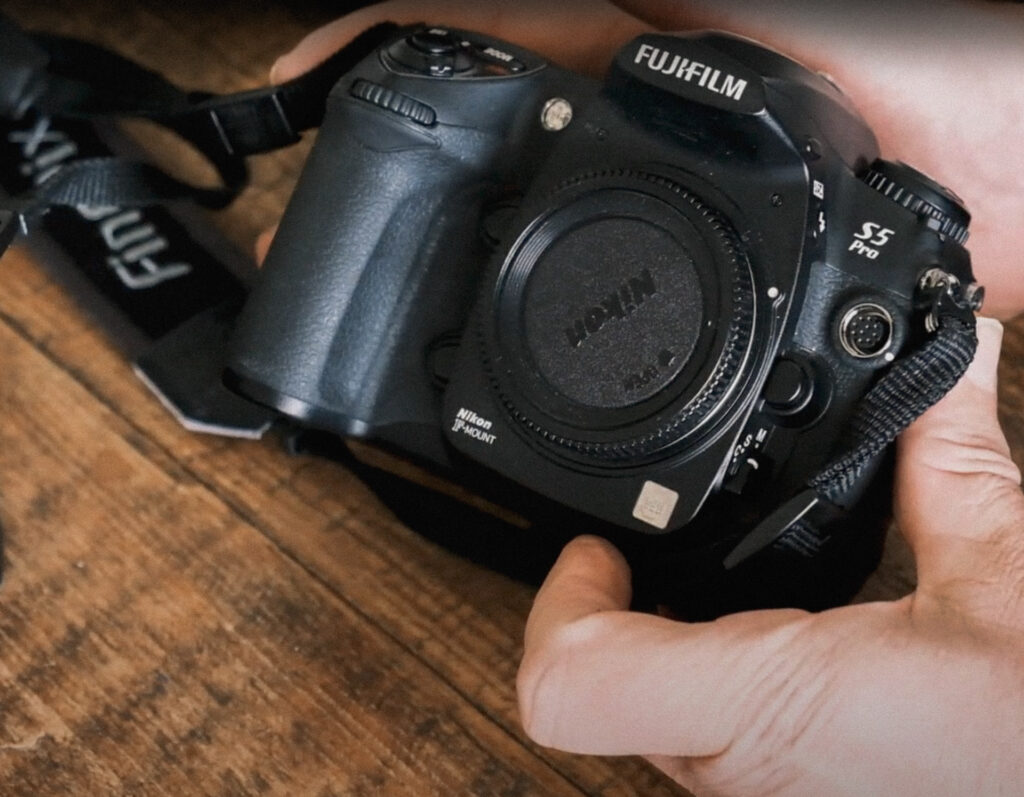
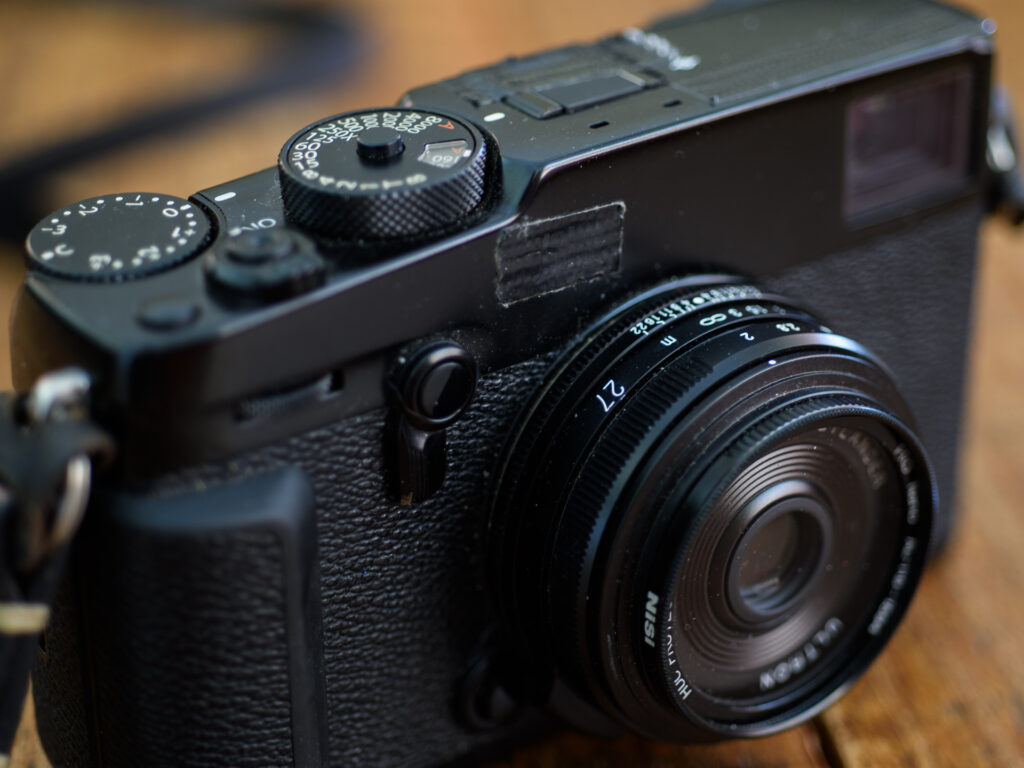
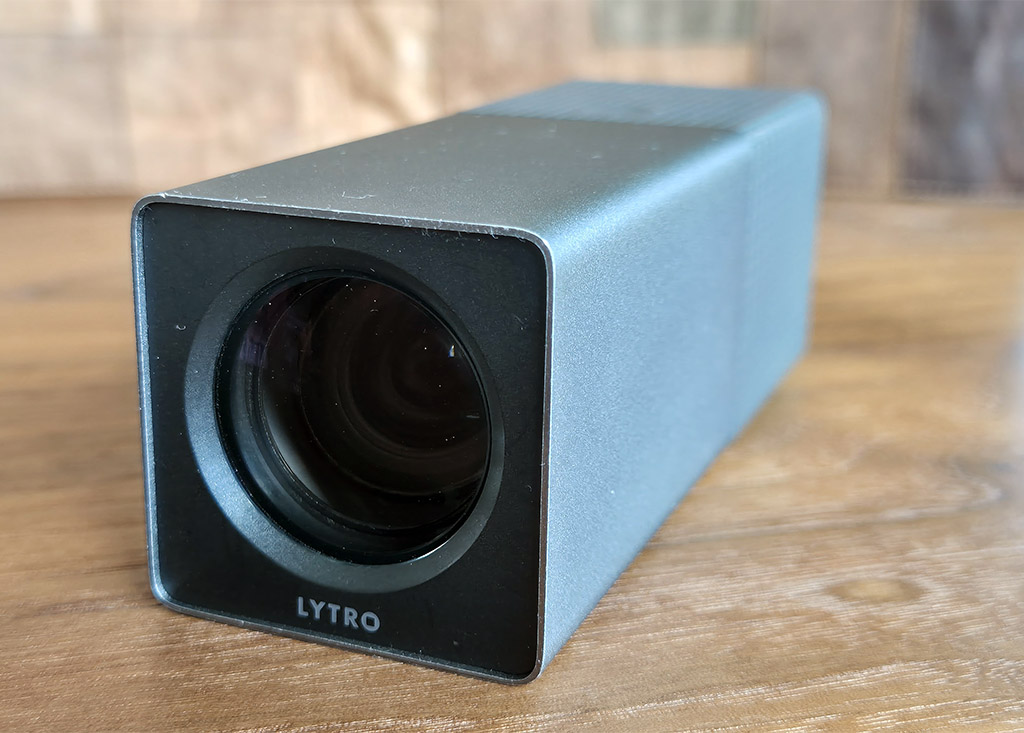




Comments
Steven G on Olympus E-300 and Fuji FinePix Z10fd – Jankuary Roadtrip – Battle of the CCDs
Comment posted: 09/02/2024
Comment posted: 09/02/2024
Lee Johnson on Olympus E-300 and Fuji FinePix Z10fd – Jankuary Roadtrip – Battle of the CCDs
Comment posted: 09/02/2024
I’ve now bought an Olympus 2040 zoom and hope to learn how to do IR with it.
David I can totally sympathize with your van breakdowns. My most recent about 5 years ago involved a fuel pump that was located in the gas tank. I was 500 miles from home. Got it replaced and 78 miles down the interstate it happened again. Barely got it off road and into a safe parking spot. Called AAA (USA) and they sent out one of the huge truck and loaded her up.AAApaid for 200 miles and I was on the hook for the other 2-300 miles. Took to my reg shop and it was some cam that needed replacing. Hope your situation is better. Keep taking pictures Jankuary or not
Comment posted: 09/02/2024
Ibraar Hussain on Olympus E-300 and Fuji FinePix Z10fd – Jankuary Roadtrip – Battle of the CCDs
Comment posted: 10/02/2024
Thank you!
Same journey as I’ve been on - seeking that ‘film like’ CCD.
Ive seen all the YouTube videos and read the articles and funny thing is most of these guys don’t know what they’re talking about. (Some do)
I recently submitted an article about the Konica Minolta Dynax 7D with its famed CCD. Lovely colour and look - but it’s nothing like film.
But then like you I started looking at the Olympus. I saw a very good video by this oriental guy - it’s subtitled and he compares the 3 Olympus cameras - or rather 4 - E1 E300 E400 and E500. He was especially clued up about colour and gave some vital clues. Many of these YouTubers boost the saturation and vibrancy in LR or PS and claim it has a ‘film look’ or refer to the colour cast.
I was supposed to go for the E500 with a Zuiko 14-54 f2.8-3.5 but ended up with an Olympus E1. It only arrived yesterday and I popped into the garden to shoot a few test shots.
Now I was immediately enamoured of this camera - it felt perfect - the VF was big enough yet bright and has the manual focus screen installed.
I shot in RAW and just tweaked WB and the tone a little.
You know, sometimes when you shoot a camera for the first time and immediately get a result which is one of your best and favourite and will forever live in your memory? I had that.
And after just a dozen test shots I have to admit - the Oriental guy was right - the colour is delicate - it’s NOT what people assume to be Film like as when they talk of film they refer to Kodachrome or Ektachrome E6 - no - certainly not that. Absolutely not.
But what the photos had was the delicate soft tones of Kodak Portra 160 or Fuji NPH.
Comment posted: 10/02/2024
Comment posted: 10/02/2024
Comment posted: 10/02/2024
Comment posted: 10/02/2024